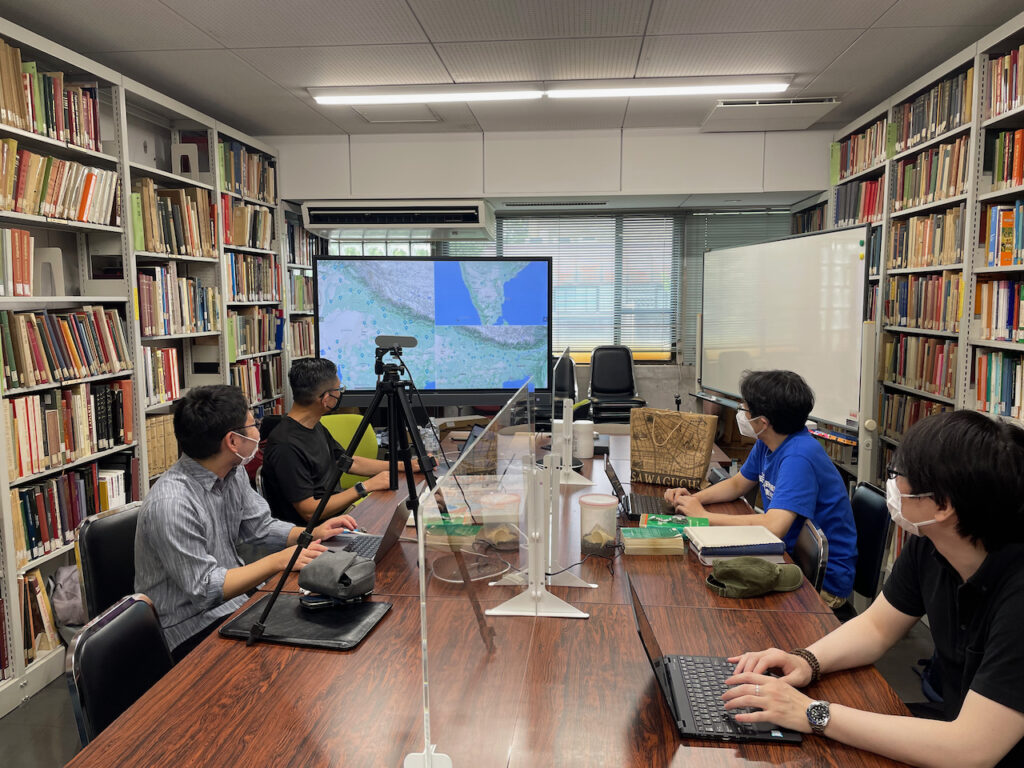Workshop in Tokyo: Mapping Medieval Śaiva Centers with non-Indic Materials

Kenji Takahashi organized a workshop at the University of Tokyo to discuss Śaiva locations found in non-Indic sources on 6–7 August 2022. Jun Takashima (online) and Satoshi Ogura of the Tokyo University of Foreign Studies, Tomohiro Manabe of Hokkaido University, Elia J Weber of the Freie Universität Berlin, and Kengo Harimoto (“l’Orientale”) participated in it. We looked at Chinese, Arabic and Persian sources. During the two day events, it became apparent that Song yun (宋雲), a 6th century visitor to India from China, famous for recording his encounter with Mihirakula, mentions his witnessing Śaiva practice in Gandhara. Also, it emerged that one of unidentified places Xuanzang mentions as a Śaiva stronghold could be somewhere near Karachi, potentially even the newly discovered site Bhambore. The participants discussed the possibility of identifying Xuanzang’s 狼揭羅 (láng jiē luó) country with Al-Bīrūnī’s Loharanī and its capital 窣菟黎濕伐羅 (zú tù lí shī fá luó) with Al-Bīrūnī’s Tawwaleshar and eventually identifying those places with Sanskrit lāguḍa (many variants) and sthūleśvara, that appear in some lists of Śaiva pilgrim places.
